Revealed: Israeli plan for partial occupation of Gaza, leaving Gazans with strips of land
Israel’s military wants to force civilians in Gaza into three tightly controlled strips of land and occupy the rest if there’s no ceasefire deal with Hamas soon. See the map.
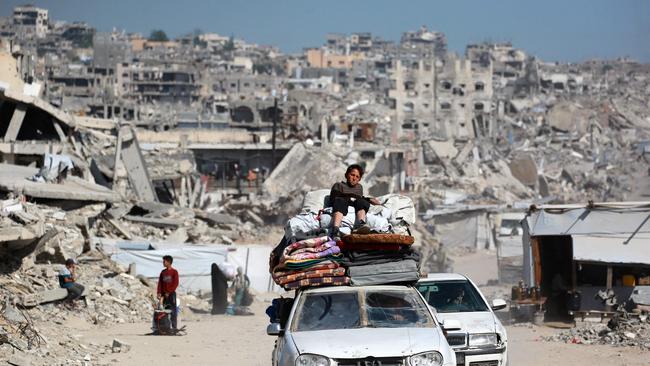
The Israeli military is proposing to force civilians in Gaza into three tightly controlled strips of land separated by four occupied zones if a ceasefire deal with Hamas does not materialise in the coming days.
A map leaked by diplomats who were briefed on the details, which has been seen by The Sunday Times, shows the military zones cordoned off exclusively for troops in the north, centre and south of the shattered territory, with the civilian areas in between.
Civilians would be forbidden to travel between the sections without permission. Security screening, including photo identification or bar codes, would be used for goods.
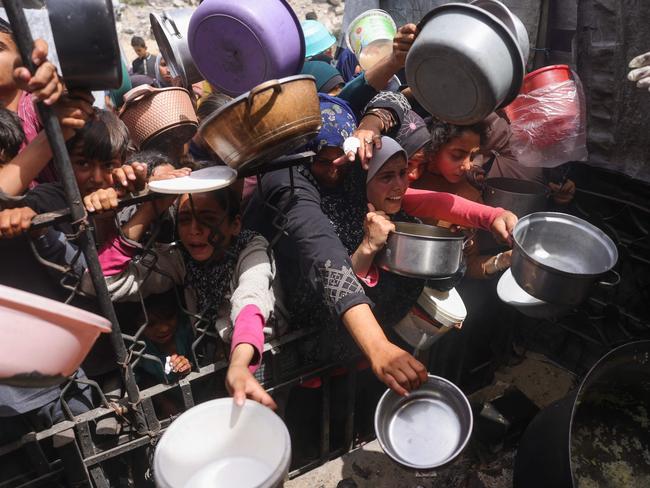
The restrictions would prevent Palestinians from moving freely throughout the strip, and could separate people from their land and homes, according to foreign companies assigned to distribute and manage humanitarian support, which were also briefed on the plan.
A spokesman for the Israel Defence Forces declined to confirm or deny the details of the proposal.
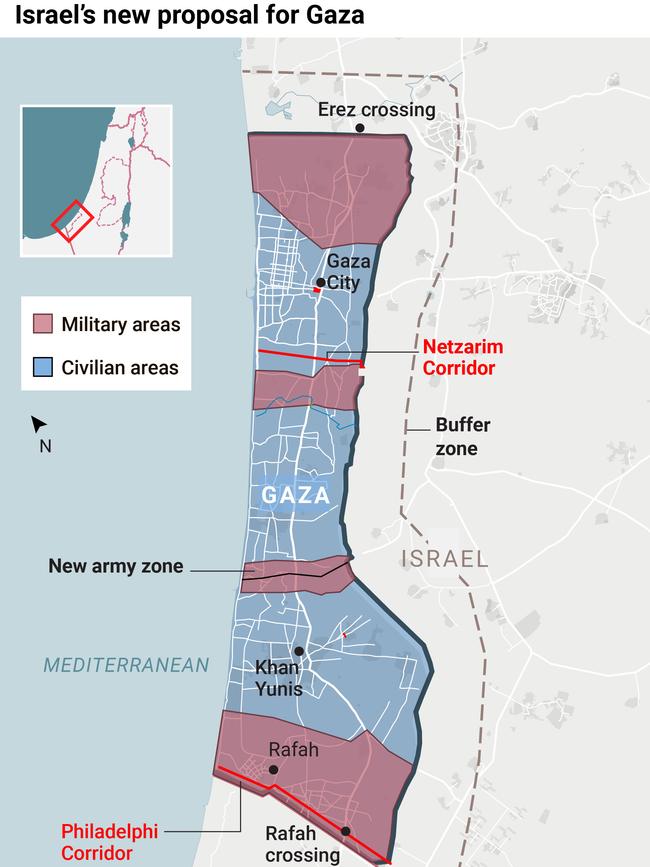
The Israeli army has announced that a new military offensive, codenamed Gideon’s Chariots, is under way to take control of the entire strip.
Over the past few days, Israeli jets have bombed sites across the area, killing more than 250 people, according to the Gaza Health Ministry and civil defence officials.
The IDF said on X that the operation would continue “until Hamas is no longer a threat and all our hostages are home”.
It has called for mass evacuations, pushing civilians into the southern areas north of Rafah, formerly a city of the displaced near the Egyptian border, parts of which have already been surrounded and cordoned off for military use.
The plan – entitled “Stage Three: the complete takeover of Gaza” – will lead to a new military corridor built between southern and central Gaza.
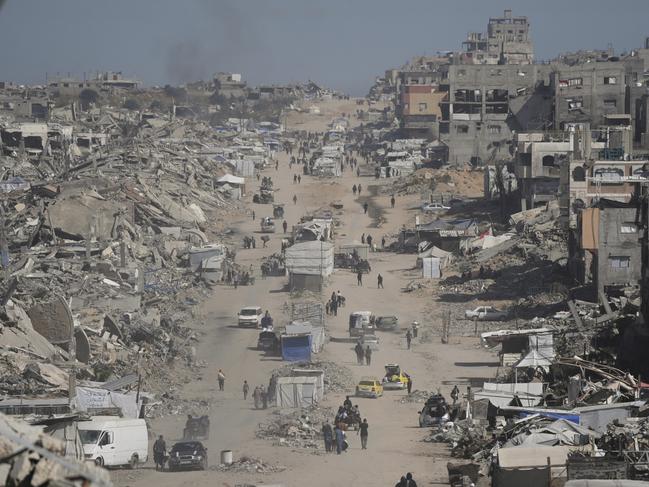

The new army zone appears slightly narrower than the existing Netzarim corridor, which is about 2.5 miles (4km) wide.
Sources indicate that army bulldozers will flatten the entire corridor over the coming weeks, building military infrastructure to separate the civilian sections north of Rafah and south of the Netzarim.
The map also shows that the northern military zone, above Beit Lahia and Beit Hanoun, will be expanded to make way for roads and army staging areas. A huge perimeter of white surrounds the entire strip, representing the widened buffer zone between Israel and Gaza.
â•ï¸ The IDF has begun conducting extensive strikes and mobilizing troops to achieve operational control in the areas of Gaza, over the past day.
— Israel Defense Forces (@IDF) May 16, 2025
This is part of preparations to expand operations and fulfill the objectives of the war — including the release of hostages and the…
The clearing of the new army zones in the centre of the strip and the expanded military zone in the north will take at least three weeks and mark the first stage of a long-term strategy to take over and control Gaza, entrenching Israel’s forces inside the Palestinian territory.
The map also shows up to 12 sites dotted within the civilian zones that suggest the locations where humanitarian aid will be distributed.
These are part of a widely criticised Israeli plan, endorsed by the United States, under which private companies will distribute aid.
The operation would be overseen by Israeli forces, similarly to the partial privatisation of security checkpoints around the West Bank and Jerusalem, which control the movement of people and goods.
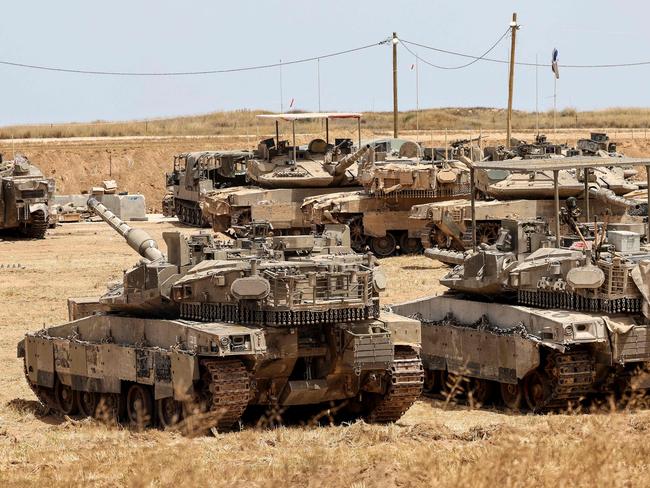

Israel sealed the checkpoints previously used to bring in aid to Gaza on March 2 in what the government said was an effort to put pressure on Hamas to release the remaining hostages. It also accused Hamas of hijacking aid brought in by global charities.
The ground work is already being laid for the plan, with roads and infrastructure being built over what used to be people’s homes.
The Israeli Prime Minister, Benjamin Netanyahu, said earlier this month that there would be a new “intensified” offensive in Gaza should ceasefire negotiations in Doha fail to bear fruit. Israel indicated it would wait until President Donald Trump concluded his Middle East tour. He left the region on Friday.
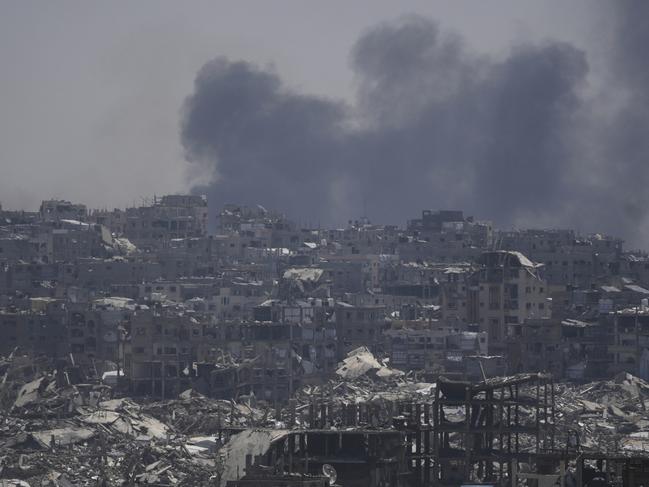
A new round of Gaza ceasefire negotiations is now in progress between Hamas and Israel in Doha, according to Taher al-Nono, a Hamas official. He told Reuters on Saturday that the two sides were talking without “preconditions”.
Arab leaders who gathered in Baghdad on Saturday urged the international community to press for a ceasefire, facilitate the unimpeded entry of humanitarian aid and “end the bloodshed” in Gaza.
Antonio Guterres, the United Nations secretary-general, said he was “alarmed” by the expansion of Israel’s military operations.
“We need a permanent ceasefire now,” he told the summit.
On X he posted: “The situation for Palestinians in Gaza is beyond description, beyond atrocious and beyond inhumane. A policy of siege and starvation makes a mockery of international law.”
About 1200 people were killed in Israel on October 7, 2023, and 251 seized and taken to Gaza, according to Israel.
In response Israel’s campaign has killed more than 52,000 Palestinians, mostly civilians, according to Gaza’s Hamas-run health authorities.
The Sunday Times

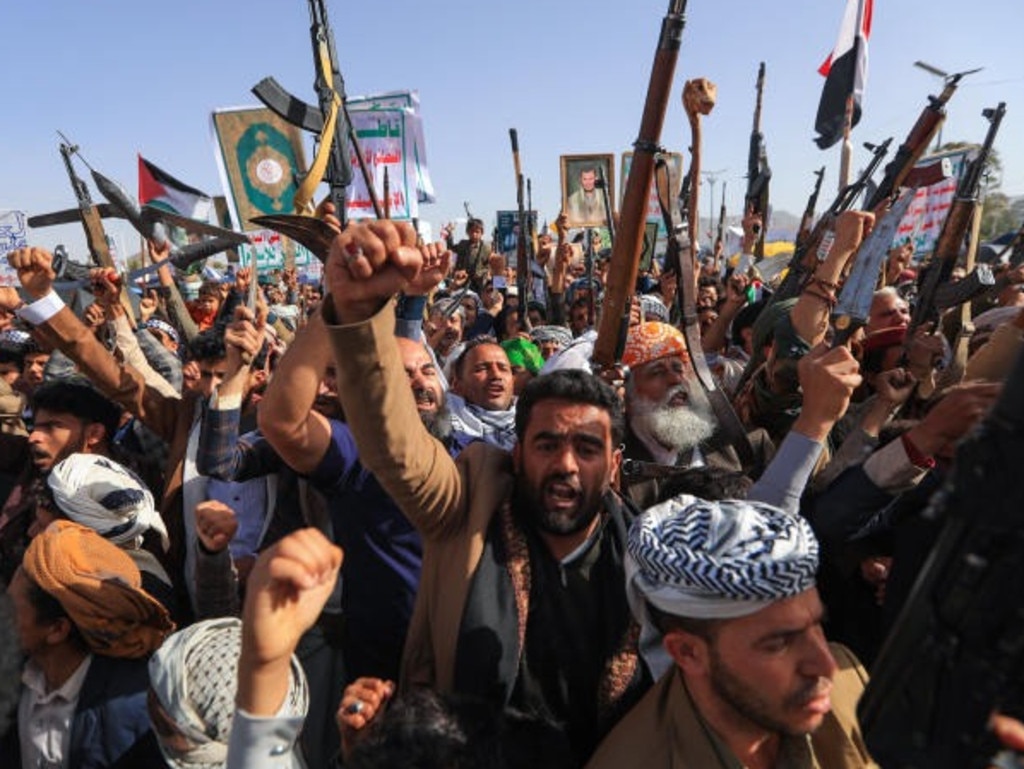
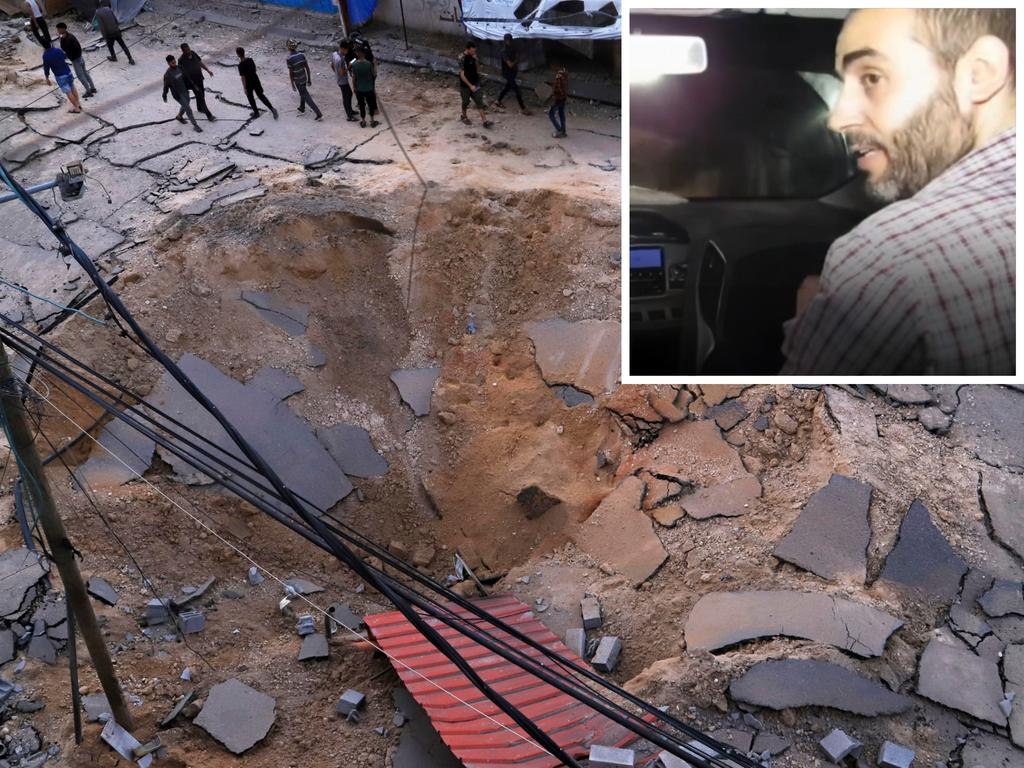
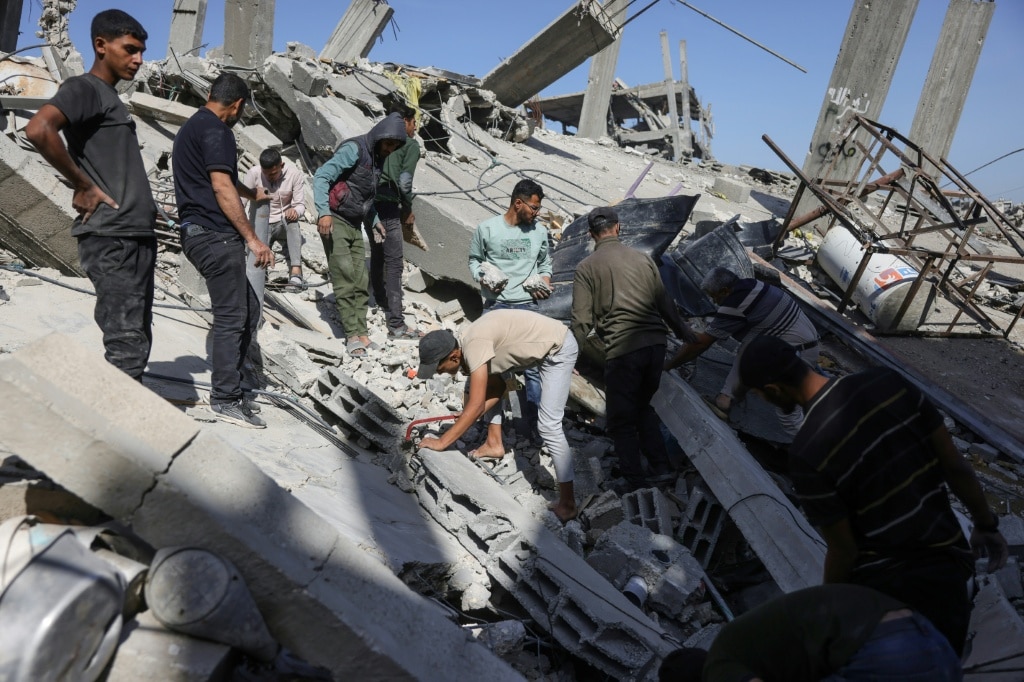

To join the conversation, please log in. Don't have an account? Register
Join the conversation, you are commenting as Logout